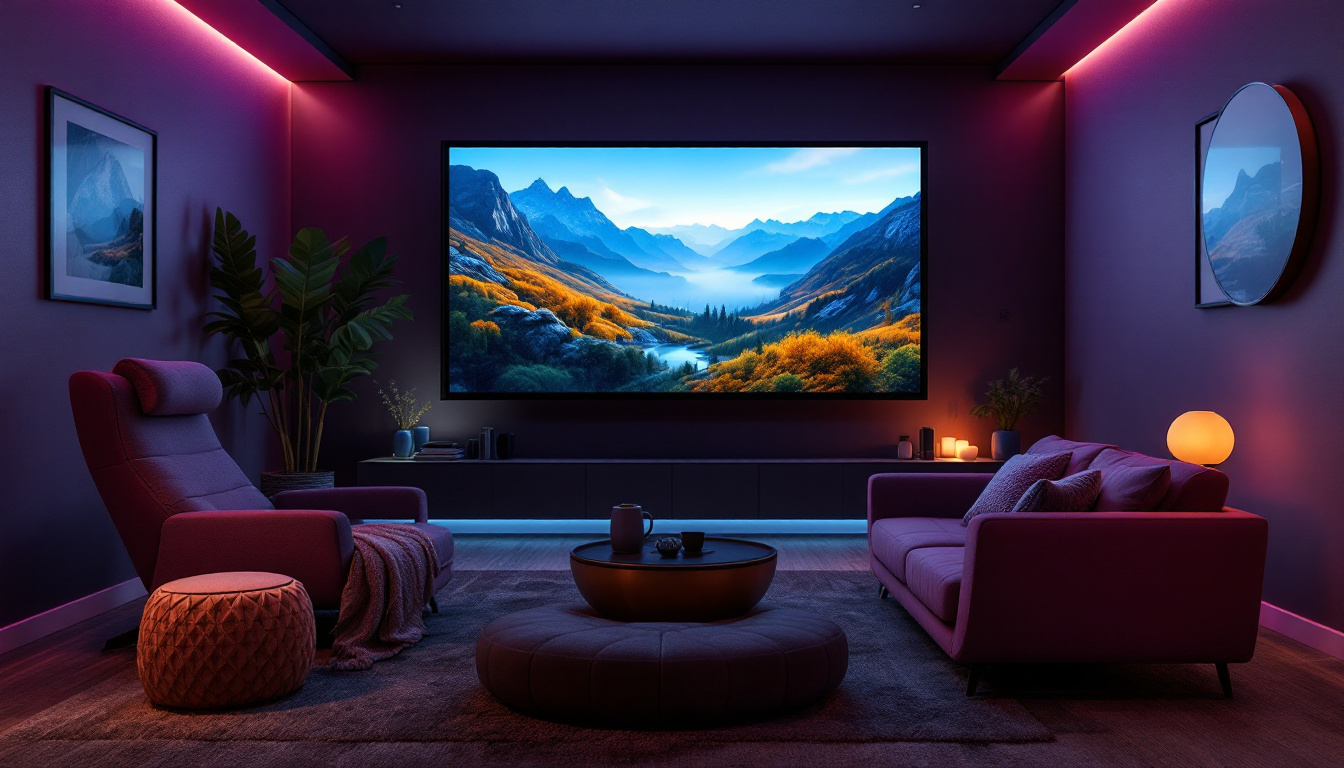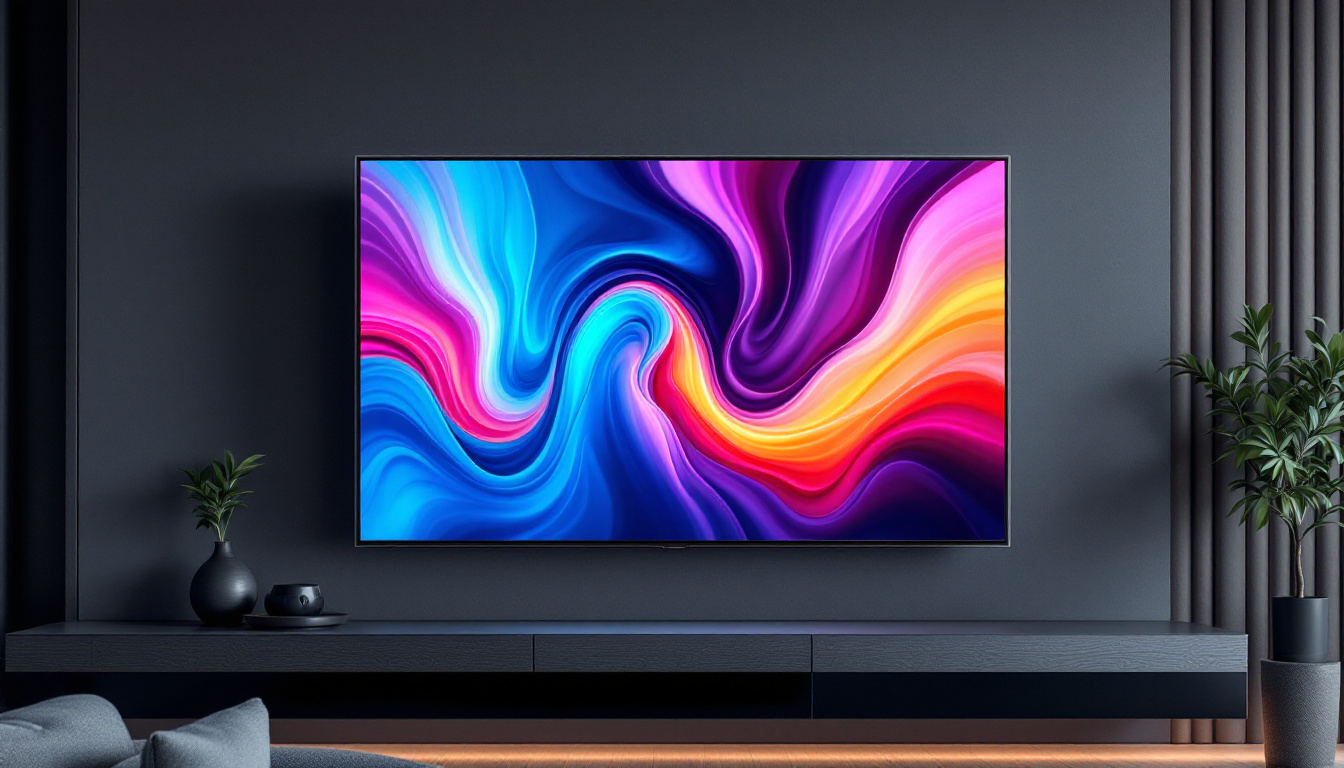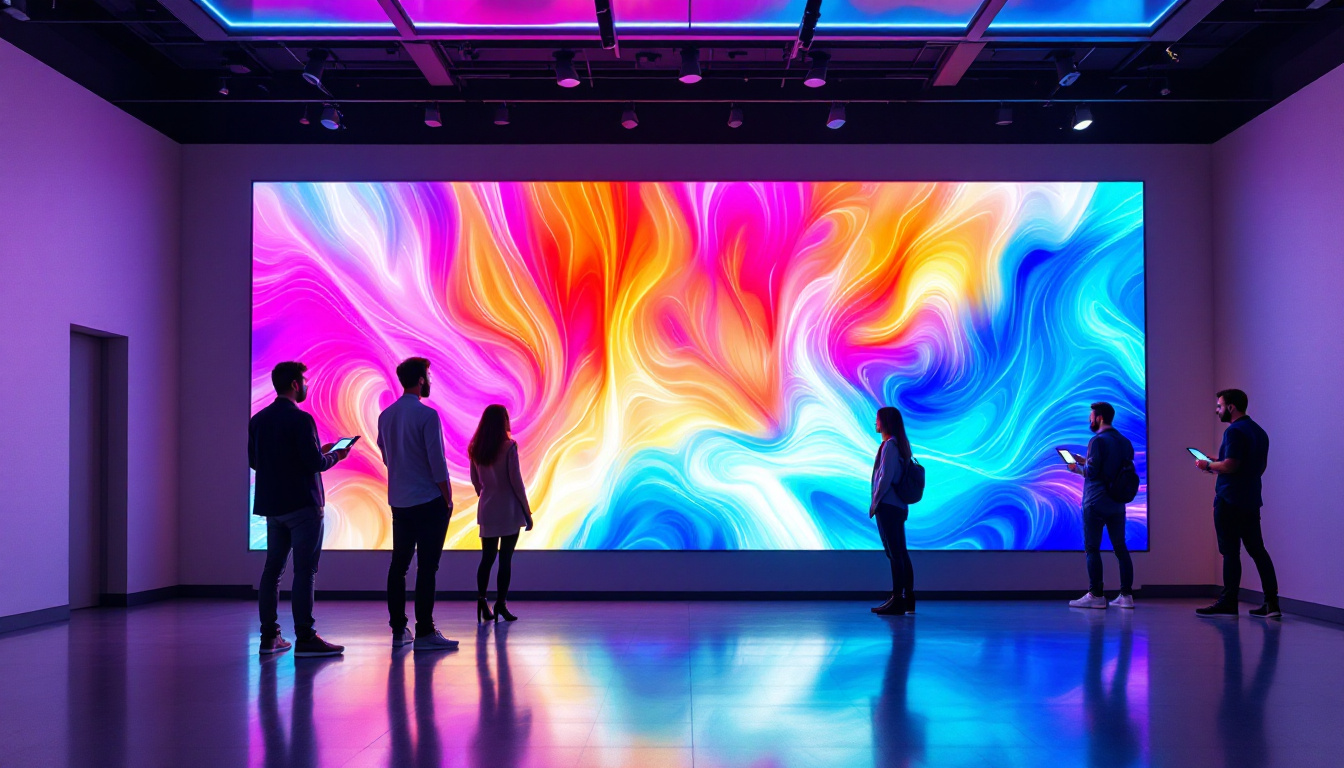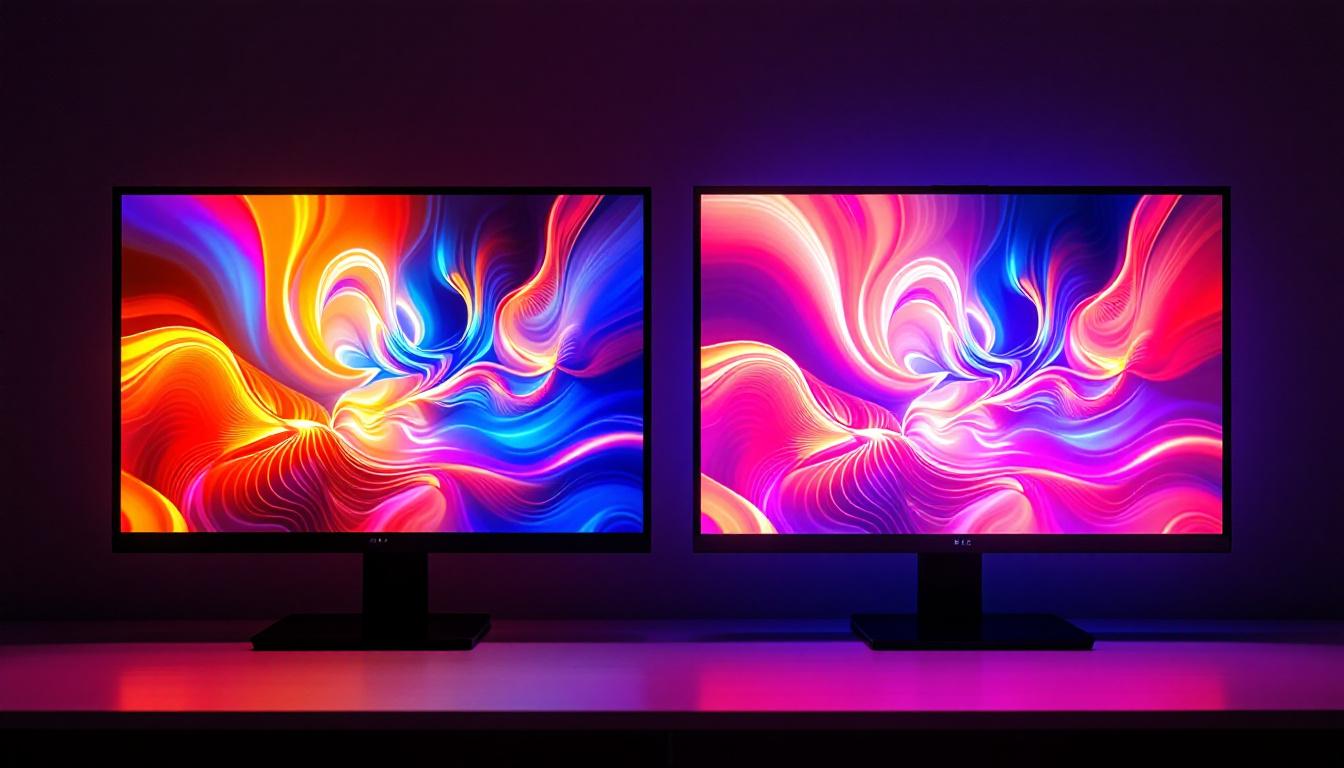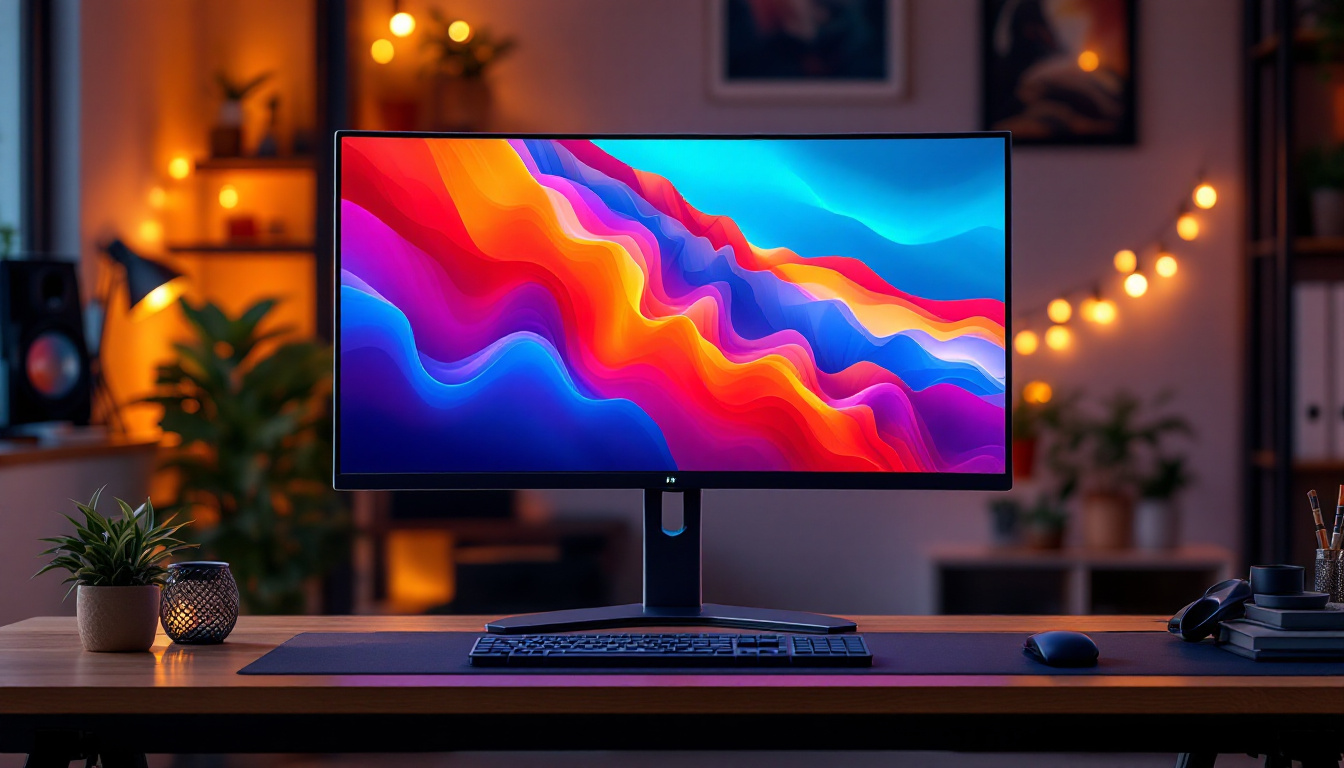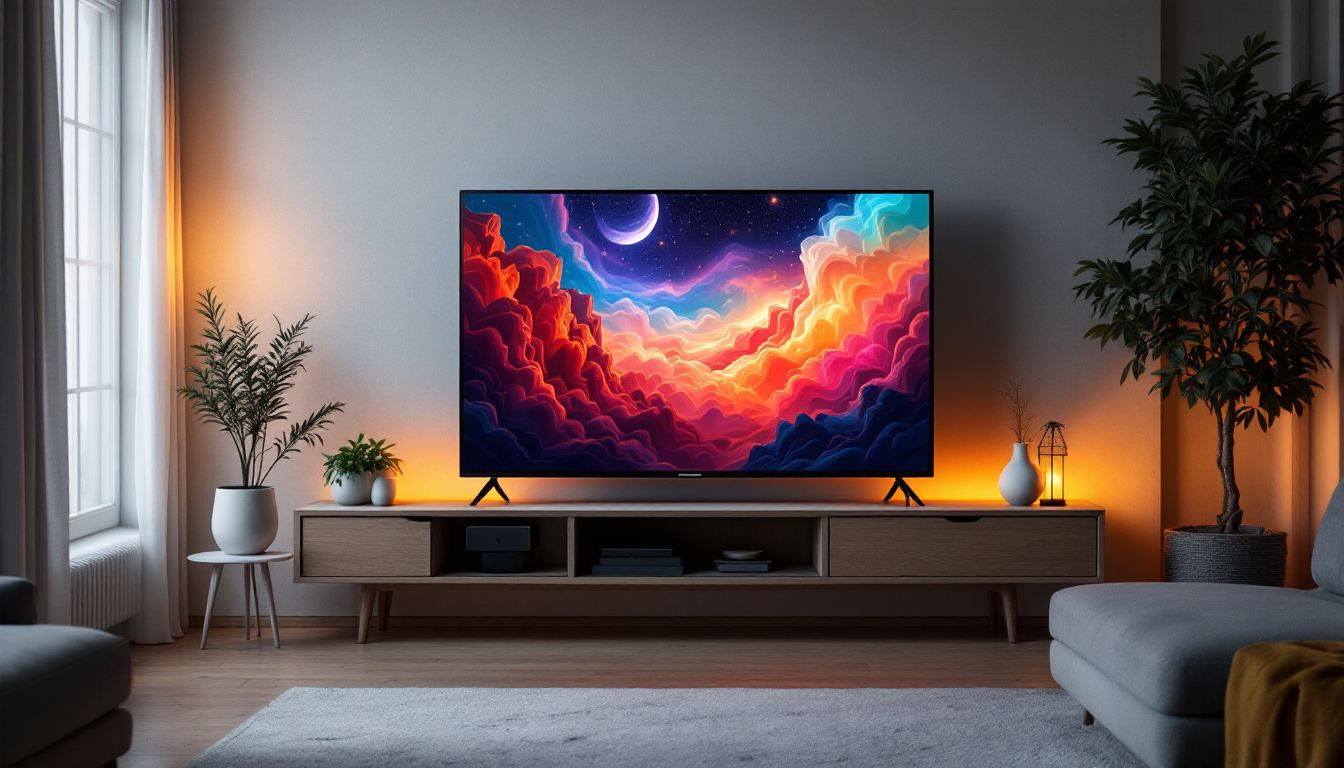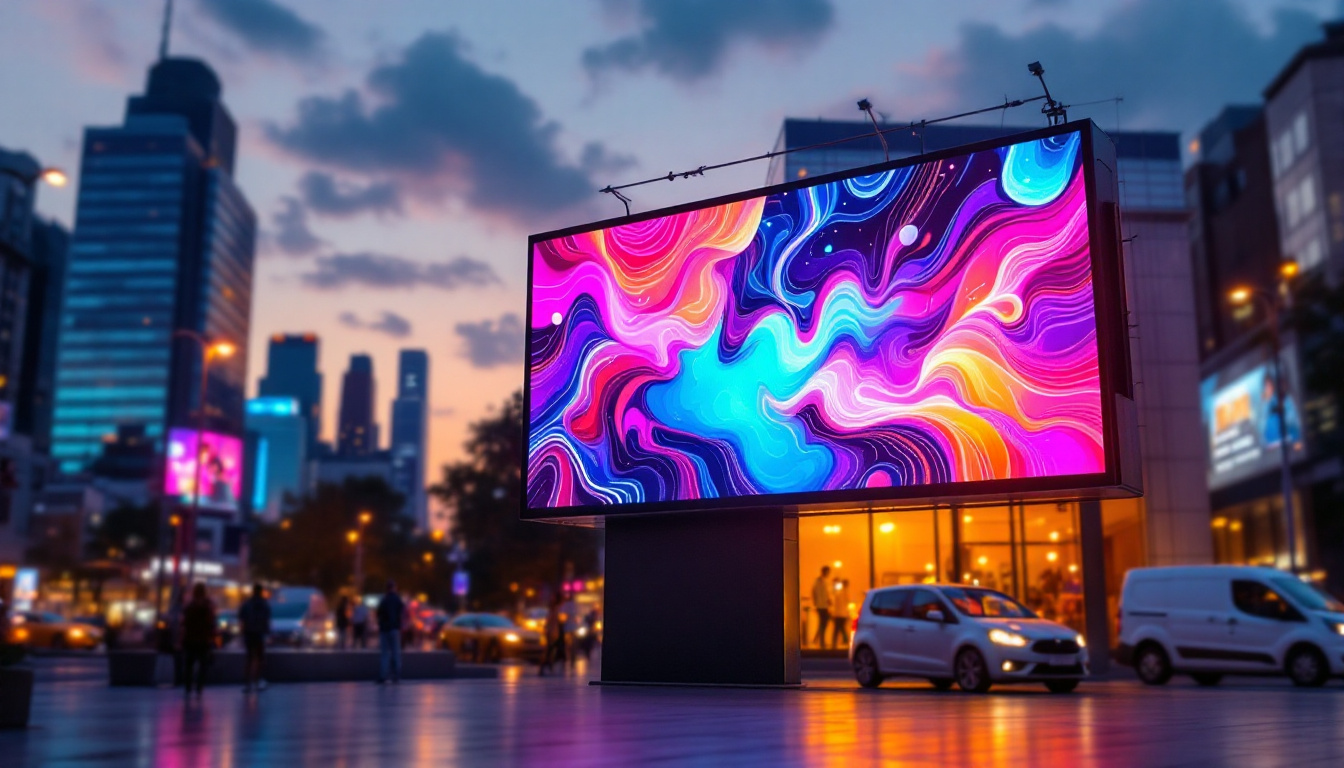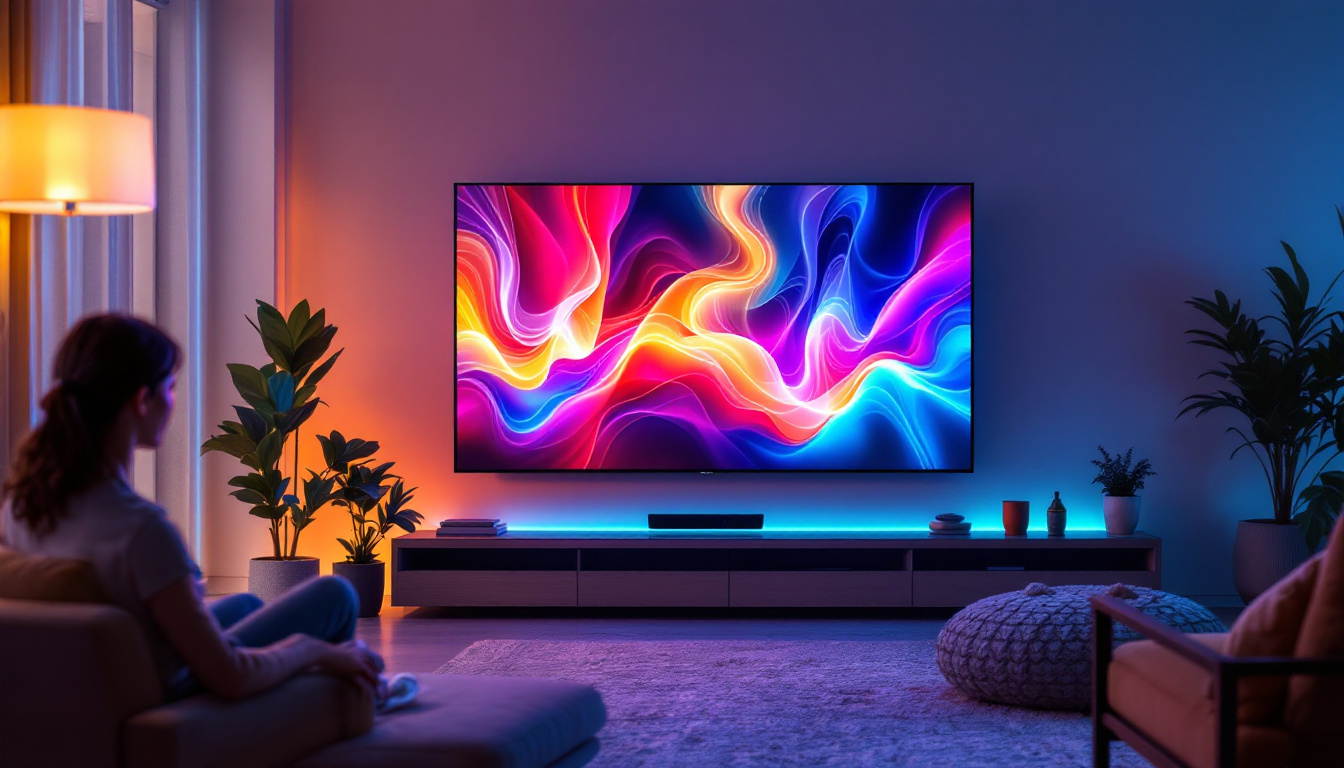Creating a home theater is an exciting endeavor that allows for a personalized cinematic experience right in the comfort of your own home. One of the most critical components of any home theater setup is the display, and among the various options available, LED displays have gained immense popularity. This article will delve into the intricacies of LED displays, exploring their technology, advantages, and considerations for your home theater.
Understanding LED Technology
LED, or Light Emitting Diode, technology has revolutionized the way we view content. Unlike traditional LCD screens that utilize fluorescent backlighting, LED displays use an array of tiny diodes to produce light. This fundamental difference leads to several advantages that enhance the viewing experience. For instance, LED technology not only provides improved energy efficiency but also contributes to a thinner and lighter design, allowing for sleeker television models that fit seamlessly into modern living spaces.
How LED Displays Work
At its core, an LED display consists of thousands of individual diodes that emit light when an electric current passes through them. These diodes can be arranged in various configurations, such as edge-lit or full-array, to optimize brightness and color accuracy. The display is divided into pixels, each controlled independently, allowing for precise control over the image quality. This pixel-level control means that LED displays can achieve stunning detail and clarity, making them ideal for everything from watching movies to playing video games.
In edge-lit displays, LEDs are positioned along the edges of the screen, while in full-array displays, they are distributed across the entire back panel. Full-array displays typically offer better contrast and uniformity, making them a preferred choice for home theaters. Additionally, many modern full-array LED displays come equipped with local dimming technology, which enhances the contrast ratio by dimming specific areas of the screen while keeping others bright, resulting in deeper blacks and more vivid colors.
Types of LED Displays
LED displays come in various types, each catering to different needs and preferences. The most common types include:
- Standard LED: The most basic form, ideal for general viewing.
- QLED: Quantum Dot technology enhances color and brightness, providing a more vibrant picture.
- OLED: While technically not an LED display, OLED technology offers superior contrast and color depth by using organic compounds that emit light.
Each type has its unique strengths, making it essential to consider your specific viewing habits and preferences when selecting a display for your home theater. For example, QLED displays are particularly well-suited for bright rooms due to their high brightness levels and excellent color volume, while OLED displays excel in dark environments where their ability to produce true blacks can be fully appreciated. Furthermore, the advancements in LED technology continue to evolve, with innovations such as Mini-LED and Micro-LED displays on the horizon, promising even greater performance and picture quality.
Advantages of LED Displays
LED displays offer numerous benefits that make them a popular choice for home theater enthusiasts. Understanding these advantages can help in making an informed decision.
Brightness and Color Accuracy
One of the standout features of LED displays is their ability to produce bright images with exceptional color accuracy. This is particularly important in a home theater setting, where ambient light can affect the viewing experience. LED technology allows for high brightness levels, ensuring that images remain vivid even in well-lit rooms.
Furthermore, advancements in color calibration have led to improved color reproduction, allowing viewers to enjoy a more lifelike representation of their favorite films and shows. The ability to achieve deeper blacks and a wider color gamut enhances the overall visual experience, making it feel more immersive. This is especially beneficial for genres like action and fantasy, where vibrant colors and sharp contrasts can significantly enhance storytelling and emotional engagement.
Energy Efficiency
LED displays are known for their energy efficiency compared to older technologies like plasma and traditional LCDs. They consume less power while delivering superior performance, making them an environmentally friendly option. This energy efficiency not only reduces electricity bills but also contributes to a smaller carbon footprint. As energy consumption becomes a growing concern for many households, opting for LED technology can be a proactive step towards sustainability.
Moreover, many LED displays come equipped with features such as automatic brightness adjustment, which further optimizes energy use based on the surrounding light conditions. This means that not only are you saving on energy costs, but you are also prolonging the lifespan of the display by reducing unnecessary strain on the components. Such innovations reflect a broader trend in consumer electronics towards more responsible and efficient usage.
Longevity and Durability
Another significant advantage of LED displays is their longevity. With a lifespan of up to 100,000 hours, these displays can provide years of entertainment without the need for frequent replacements. Their durable construction also means they are less susceptible to damage from impacts or environmental factors, making them a reliable choice for home theaters.
In addition to their impressive lifespan, LED displays are designed to withstand temperature fluctuations and humidity, which can be a concern in various home environments. This resilience ensures that they maintain consistent performance over time, reducing the likelihood of issues such as screen burn-in that can plague other display technologies. As a result, investing in an LED display is not just about immediate enjoyment; it is also a long-term investment in quality and reliability that can enhance your home entertainment experience for years to come.
Considerations When Choosing an LED Display
While LED displays offer many advantages, there are several factors to consider when selecting the right one for your home theater. Understanding these considerations will help ensure that your investment meets your needs and expectations.
Screen Size and Viewing Distance
The size of the screen plays a crucial role in the overall viewing experience. It is essential to choose a size that complements the room and provides an immersive experience without overwhelming the space. A general guideline is to sit at a distance that is 1.5 to 2.5 times the diagonal size of the screen for optimal viewing.
For example, if you have a 65-inch screen, the ideal viewing distance would be between 8 and 13 feet. Taking room dimensions into account will help in making a suitable choice.
Resolution and Picture Quality
Resolution is another critical factor to consider. Modern LED displays typically come in 1080p (Full HD), 4K (Ultra HD), and even 8K resolutions. Higher resolutions provide more detail and clarity, particularly on larger screens. When selecting a display, it is advisable to consider the types of content you will be watching. For instance, if you plan to stream 4K content, investing in a 4K display will enhance your viewing experience.
Smart Features and Connectivity
Today’s LED displays often come equipped with smart features, allowing users to access streaming services, browse the internet, and connect with other devices. When choosing a display, consider the smart capabilities that are important to you, such as built-in apps, voice control, and compatibility with smart home systems.
Additionally, check the connectivity options available. HDMI ports, USB connections, and wireless capabilities are essential for connecting various devices like gaming consoles, Blu-ray players, and sound systems.
Setting Up Your LED Display
Once you have selected the perfect LED display for your home theater, the next step is setting it up for optimal performance. Proper installation and calibration can significantly enhance the viewing experience.
Placement and Mounting Options
Placement is key to achieving the best viewing angles and minimizing glare. Wall mounting is a popular option that can save space and provide a clean look. However, ensure that the height and angle are suitable for your seating arrangement. The center of the screen should ideally be at eye level when seated.
If wall mounting is not feasible, consider using a sturdy TV stand or entertainment center. Ensure that the display is stable and that cables are organized to maintain a tidy appearance.
Calibration for Optimal Performance
Calibration is essential to achieving the best picture quality from your LED display. Many displays come with preset modes for different viewing environments, such as cinema or sports mode. However, for the best results, consider manually adjusting settings like brightness, contrast, and color temperature.
Professional calibration services are also available and can fine-tune your display for optimal performance. This investment can greatly enhance your viewing experience, especially for those who are serious about home theater quality.
Maintaining Your LED Display
To ensure the longevity and performance of your LED display, regular maintenance is necessary. Simple care routines can go a long way in preserving image quality and functionality.
Cleaning and Care
Dust and fingerprints can accumulate on the screen, affecting picture quality. To clean your LED display, use a microfiber cloth and a gentle cleaning solution specifically designed for screens. Avoid using harsh chemicals or abrasive materials, as these can damage the display.
Additionally, ensure that the area around the display is free from dust and debris to prevent particles from entering the device. Regularly check the connections and cables for wear and tear to maintain optimal performance.
Software Updates
For smart LED displays, keeping the software up to date is crucial for performance and security. Manufacturers often release updates that enhance functionality and fix bugs. Regularly check for updates and install them as needed to ensure your display operates smoothly.
Conclusion
LED displays have transformed the home theater experience, offering vibrant colors, high brightness, and energy efficiency. By understanding the technology behind LED displays, their advantages, and key considerations for selection and setup, creating an immersive home theater environment becomes an achievable goal.
Whether you are a casual viewer or a dedicated cinephile, investing in the right LED display can significantly enhance your viewing experience. With proper care and maintenance, your LED display will provide years of entertainment, making every movie night a memorable occasion.
Discover the Future of Home Theater with LumenMatrix
Ready to elevate your home cinema experience with the latest in LED display technology? LumenMatrix is at the forefront of innovation, offering a wide array of LED display solutions tailored to your needs. From immersive Indoor LED Walls to dynamic Outdoor LED Displays, and from versatile Vehicle LED Displays to engaging LED Sports Displays, LumenMatrix has the perfect option to bring your home theater to life. Embrace the future of visual entertainment and check out LumenMatrix LED Display Solutions today to create unforgettable viewing experiences that resonate with clarity and impact.

